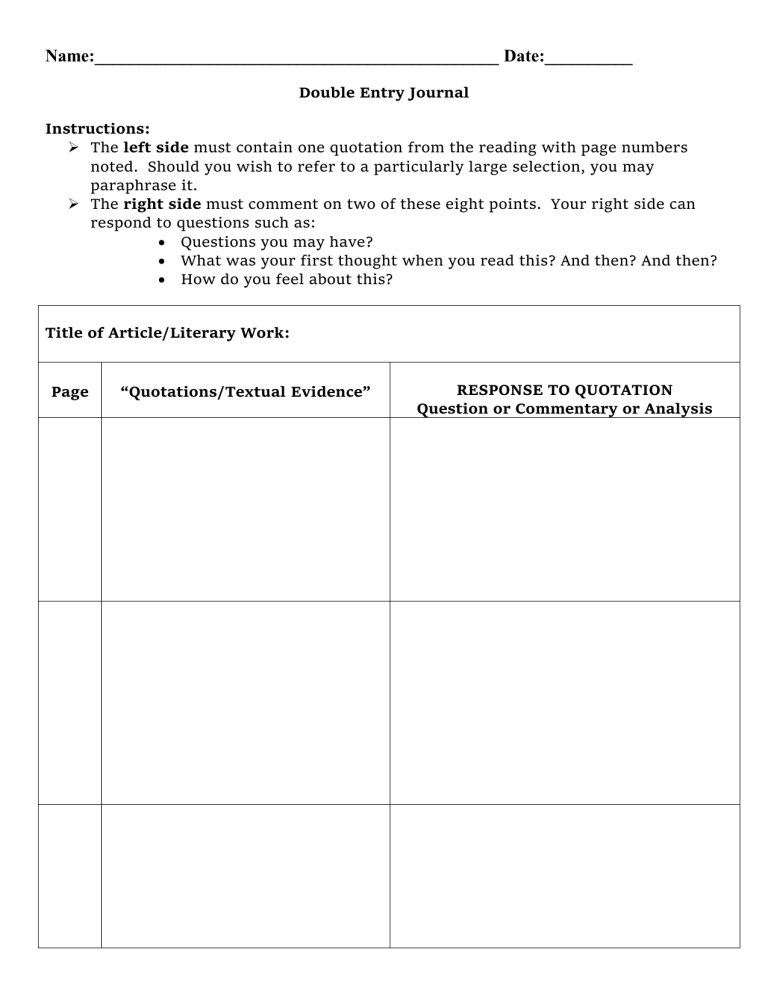
Upon conversion to equity, the carrying value of the debt is reclassified to equity. The company’s share capital and additional paid-in capital accounts are increased. Proper accounting for convertibles requires an understanding of the instrument’s specific terms and intended use as well as application of the relevant accounting standards.
Shareholders
The convertible bonds will allow the company to raise a fund with a lower interest rate as the investors saw the convertible options as the other benefit. By requiring this convertible debt to be treated as a single instrument, non-cash interest expense resulting from the creation of a discount against the debt will be eliminated. The other separation models would be eliminated, including the model for convertible debt that can be settled in cash or shares.
New convertible debt accounting guidance (updated August
Although such cases don’t often occur, when time passes, a new deal is usually created. There are lots of other terms as well which would be explained more in detail. Each note is convertible into 1,000 ordinary shares anytime between issue date and closing date (which is three years after issue date).
Types of Company Funding
This has been explained below to help you understand the difference between each of them. You will also be able to see how much ownership has been offered to the investors with the KISS and SAFEs convertible notes, which will be converted now as another funding round is about to take place. It will also help you get an idea of the value that your company has and how much control you still have over it. It is important to know when and why companies would use convertible notes. Let us assume that you have an awesome idea and you need an investor to help you in building that idea into a business.
How should convertible note financing be handled on the balance sheet?

The debt component of convertible securities often falls under Level 2 if issued in liquid markets where prices are readily observable. It amortizes over the debt term through interest expense charges under the effective interest method. Let’s illustrate the conversion of bonds to shares of common stock through a couple of examples. Unlike convertible notes, SAFEs don’t include an interest rate or a maturity date. They offer a similar founder upside without some of the fine print that can come back to bite you.
Balance Sheet and Income Statement Presentation
Most convertible notes stipulate that fundraising rounds will only trigger a conversion event if they raise a set minimum amount. This protects you from owing equity if a round of fundraising doesn’t quite go according to plan. This ‘host debt component’ is therefore classified as a financial liability in its entirety because, on a standalone basis, it does not include a feature that is similar to equity.
Introduction to Credit Default Swaps (CDS)A Credit Default Swap (CDS) is a financial derivative that allows an investor to “swap” or offset their credit risk with that of another investor. In the given example, let us say that the bonds were repurchased on 31st December 2018. Now, the equity what are state income taxes portion we had accounted for under Share Premium – Equity Conversion A/c can remain as it is, or the company can transfer it to normal Share Premium A/c if any. Share Premium – Equity Conversion A/c is the equity portion that will be reported under the Equity Section in the balance sheet.
- So, with this investment, he will get about 6250 shares (50,000/8) from his investment, which would have otherwise costed $62,500.
- A common misunderstanding in the accounting for convertible notes is that these instruments are always classified as ‘compound’ financial instruments on the balance sheet of the issuer.
- We’re a headhunter agency that connects US businesses with elite LATAM professionals who integrate seamlessly as remote team members — aligned to US time zones, cutting overhead by 70%.
- The fair value of securities or other consideration given as sweetener is reported as expense of the current period.
- GAAP which has more rigid bifurcation requirements but greater flexibility in balance sheet classification.
Eqvista allows you to create convertible notes easily and issue them out to the investors. Along with managing all the shares in your company, you can also issue and manage all the convertible debts and securities in your company through Eqvista. For example, an angel investor invests $300,000 in a startup as a convertible note. The terms of the note are a 20% discount and automatic conversion after a qualified funding round of $1 million.
These notes are initially considered Long-Term Liabilities but may convert to equity based on specific triggers, offering an effective and flexible financing option for early-stage companies. Convertible debt, commonly known as a convertible note, is an investment vehicle frequently employed by startups that are not yet ripe for a formal valuation. Angels and seed-stage funds invest money into the startup and receive a convertible note, which earns a modest amount of interest until maturity (usually between 20 to 24 months). The note also carries conditions for conversion into equity, commonly when the startup secures additional equity funding, generally in the form of preferred shares.


